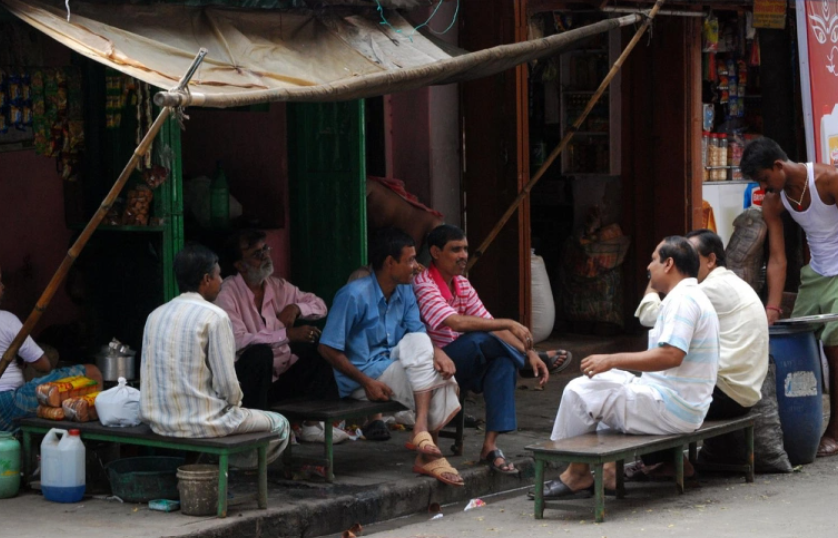Global Homogenization of Public Space?
In the article titled Global Homogenization of Public Space? A Comparison of “Western” and “Eastern” Contexts, authors Panjaitan, Pojani and Darchen provide a comprehensive view about public spaces in Southeast Asian cities, and how the differences in the public spheres in the Eastern world has led to an entirely different typology of public spaces. The authors focus on several critical aspects of the public sphere such as traditional values, social hierarchy, patriarchal ideas about gender roles, importance of religion, and the ways these factors shaped the public life of the citizens. However, the authors begin the article with an overtly generalized statement, where they view non-Western world and the Western world as complete opposites. They remark on the contrast between the democratic nations of the West, versus the “absolutist or totalitarian nations.” This statement oversimplifies the complexities and diverse cultural and political landscape of the non-West, assuming that democracy is exclusively practiced in the West only. On the contrary, there has been several instances where public spaces in Western nations have been controlled by law enforcement officials. For example, in the Ferguson protests in Missouri, which happened following the shooting of teenager Michael Brown, the police used curfews, tear gas, rubber bullets, and smoke bombs to disperse and control the protesters. The action of the police in Ferguson highlighted how power dynamics were reinforced to suppress the social unrest in a public space, and led to other protests around the country against police brutality.
Upon reading the authors’ remark how public spaces in the West provide a platform for democracy and political debates, while those in Southeast Asia do not, I was reminded of the debates and discussions that happen in the roadside tea stalls all over South Asia. These tea stalls are where people, mostly men, gather from all walks of life, and engage in discussions about politics, society, religion, and what not. This is also where men come to loiter, which can be a variation of the European notion of flâneur. Women rarely frequent these spaces, although in urban areas, it is not uncommon for men and women to socialize in these spaces.
